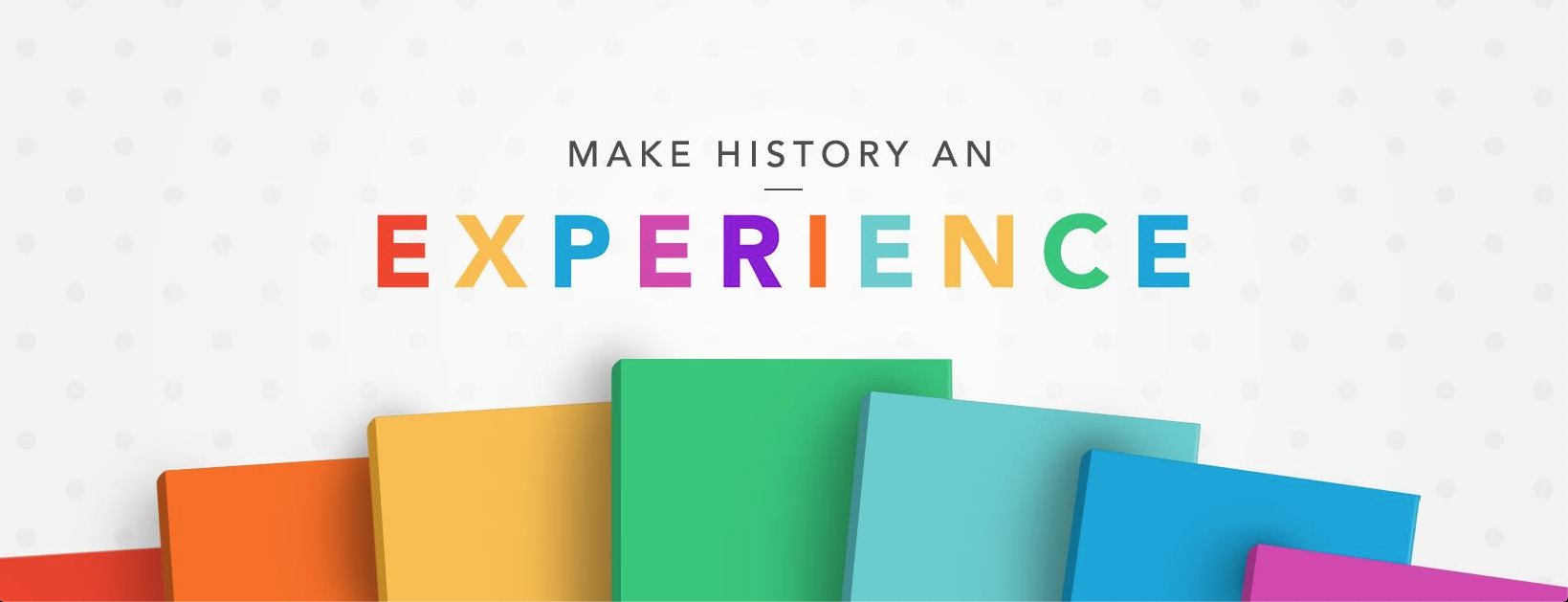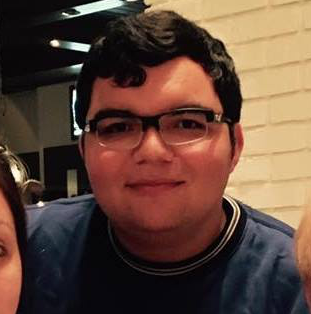7 LGBTQ+ Archives and Collections
Written by Elias Larralde

The year 2020 marks the 50th anniversary of Pride, the annual celebration for LGBTQ+ people, in New York City. Each June the LGBTQ+ community comes together around the world to raise awareness about injustices and amplify queer voices. This year some feared that the pandemic would shut down the anniversary, instead, this year reinforced the importance of Pride and its roots at the Stonewall Riots. The deaths of several transgender people of color such as Tony McDade, Riah Milton, Dominique “Rem’mie” have reminded us that systemic violence also effects the LGBTQ+ BIPOC community. Demonstrations to demand the rights, justice for victims, and further investigation into their deaths have reinforced the importance of Pride and serve to remind everyone that the fight is not over.
I am MoFA’s summer intern and during my internship I have learned the importance of collections and how what things are collected can reflect both the past of an institution and the future they are working towards. For my Student Voice blog, I want to highlight some digital archives and collections that focuses on LGBTQ+ people’s lives and experiences, as well as important LGBTQ+ events. Digital archives and exhibits can be an opportunity for exploration regardless of where or who you are.
The Lesbian Herstory Archives
The Lesbian Herstory Archives is located in Brooklyn and houses multiple collections about the experiences and lives of lesbian women. In their website one can find their digital collection that consists of photos and audio/visual objects. Some highlights include photos of Adrienne Rich and photos of protests. The LHA also has several recordings from Audre Lorde, who was a Black lesbian activist and theorist whose work was an important addition to the Civil Rights and Feminist Movements. As well, the LHA audio/visual collections houses Oral Histories for the public to listen to and learn from.
Queer Zine Archive Project
The Queer Zine Archive Project was created in 2003 to house zines created by the Queer community for “queers, researchers, historians, punks, and anyone else who has an interest DIY publishing and underground queer communities.” They have collected and digitized zines from the 1970s to the 2010s, creating an extensive collection that shows how the Queer community communicated with each other through the underground publishing scene. The zines that QZAP house explore a wide spectrum of topics that still resonate today.
Transgender Archives at the University of Victoria
The Transgender Archives at the University of Victoria documents the lives of transgender people around the world. On their website they house 23 digital collections. Some highlights include the April Ashley collection, Newsletter collections, Drag Show programs, and the collection of the Fantasia Fair. These historical collections can inform how the current day struggles and resilience of the Transgender Rights Movement.
AIDS History Project at University of California, San Francisco
The AIDS History Project at the University of California, San Francisco collects several types of objects related to the AIDS crisis and documentation of those who fought for AIDS visibility in order to save lives. In their online collection the archive has AIDS ephemera (posters and brochures), oral histories, and papers around the research and advocacy for treatment. Their oral history collection is special because it focuses on the experiences of physicians and nurses who were on the front lines during the AIDS crisis. These stories are important and help us understand how this crisis evolved and its effect on the global community.
LGBTQ Religious Archives Network
The LGBTQ Religious Archives Network online website houses a vast amount of collections surrounding LGBTQ+ individuals in the sphere of religion. They have a directory of collections from around the nation as they help archives preserve these stories. On their website they house over 40 oral histories from religious leaders (from various religions) that are a part of LGBTQ+ community. In addition, the LGBTQ-RAN creates online exhibits surrounding these objects on topics like Richard Daller and the gay rights manifesto, LGBTQ Quakers, and LGBTQ stoles.
GLBT Historical Society
The GLBT Historical Society is an organization that supports the documentation, research, and collecting of LGBTQ+ history. They have online collections that amount to 4,759 objects, which include photos, films, papers, oral histories, and videos. Their collections span topics such as the Gay Freedom Day parade, San Francisco LGBTQ+ life, Harvey Milk and leather bar culture. The GLBT Historical Society currently has three online exhibits about San Francisco Pride, the 50th anniversary of Pride, and the art of Gilbert Baker.
Wearing Gay History and Mapping the Gay Guides
These online collections were created by historians Dr. Amanda Regan and Dr. Eric Gonzaba. Wearing Gay History houses a collection of photos that show t-shirts that were created by LGBTQ+ individuals or organizations about LGBTQ+ topics. This project explores how ephemera like t-shirts can be used to understand LGBTQ+ history. Mapping the Gay Guides documents an “ignored queer geography.” For example, The Damron Address book was a 1960s directory for gay men across the country to know what places where friendly to LGBTQ+ people. This project documents important locations from multiple movements and events that occurred throughout the world. Both projects try to document ephemera that could had been easily lost and the work of Dr. Regan and Dr. Gonzaba has allowed these objects to live on.

Elias Larralde is a History Major and Museum Studies Minor, who is set to graduate in Fall 2020. He is currently completing a remote internship at MoFA and at the Missouri Botanical Garden’s Sachs Museum. He is working on his Undergraduate Honors Thesis about the commodification and exoticization of Afro-Cuban religions in American and Cuban entertainment. He works mostly with the Center of Undergraduate Research and Creativity as an IDEA grant recipient, UROP student and leader, and as a board member of SCURC. After graduating, he plans to continue his education by getting a MA in either Latin American Studies or Native American/Indigenous Studies to investigate how sound is used as a method of memory and protest by the Indigenous groups of Chile and Bolivia.